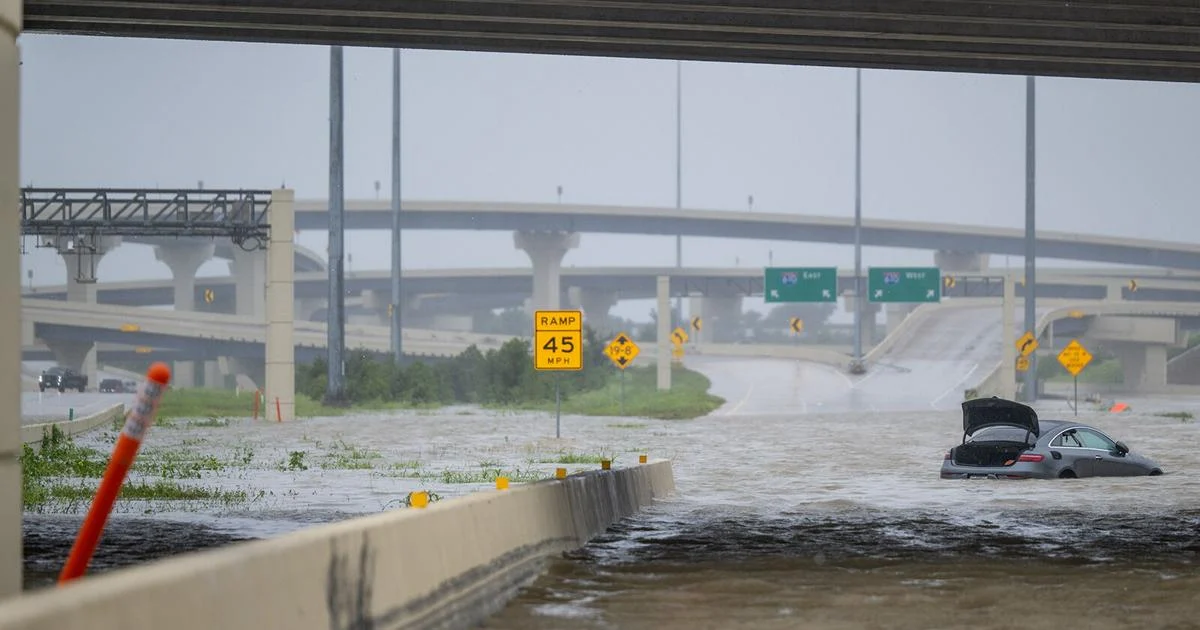Tropical Depression Beryl’s Formation and Development

The genesis of Tropical Depression Beryl can be traced back to an atmospheric disturbance that emerged over the eastern Atlantic Ocean. This disturbance, initially a disorganized cluster of thunderstorms, gradually coalesced into a more coherent system as it drifted westward. Favorable environmental conditions, including warm ocean waters and low wind shear, provided the necessary ingredients for the system to intensify.
As Tropical Depression Beryl swirls towards the coast, it’s crucial to stay informed about its path. The beryl live tracker provides real-time updates on Beryl’s location, intensity, and projected trajectory, helping you stay prepared and make informed decisions for your safety.
Conditions Leading to Formation
The formation of Tropical Depression Beryl was influenced by several key factors:
- Warm Ocean Waters: The presence of warm ocean waters with temperatures exceeding 26.5 degrees Celsius (80 degrees Fahrenheit) provided the necessary energy for the development of deep convection and thunderstorm activity.
- Low Wind Shear: Minimal wind shear, or the change in wind speed and direction with height, allowed the thunderstorm activity to organize and persist, promoting the formation of a well-defined circulation center.
- Upper-Level Outflow: Favorable upper-level winds provided an outlet for the rising air within the thunderstorms, allowing for the release of latent heat and the further intensification of the system.
Interactive Timeline of Beryl’s Development
The progression of Tropical Depression Beryl from a tropical wave to a tropical depression can be visualized through an interactive timeline:
- Day 1: A tropical wave emerges over the eastern Atlantic Ocean.
- Day 3: The wave intensifies, with increased thunderstorm activity and the formation of a closed circulation.
- Day 5: The system further organizes, with a well-defined low-pressure center and sustained winds reaching tropical depression strength.
Beryl’s Path and Projected Impacts

Based on weather models and satellite imagery, Tropical Depression Beryl is expected to move west-northwestward over the next few days. The storm is expected to strengthen into a tropical storm by late Monday and could reach hurricane strength by Tuesday.
Potential areas that may be affected by Beryl’s impacts include the Leeward Islands, the Virgin Islands, Puerto Rico, and the Dominican Republic. Coastal communities in these areas could experience flooding, storm surge, and wind damage.
Potential Impacts, Tropical depression beryl
- Flooding: Heavy rainfall from Beryl could cause flooding in low-lying areas and near rivers and streams.
- Storm Surge: Storm surge is a rise in sea level caused by strong winds pushing water towards the shore. Storm surge can cause flooding in coastal areas, especially during high tide.
- Wind Damage: Strong winds from Beryl could cause damage to trees, power lines, and buildings.
Beryl’s Impacts on the Environment and Infrastructure
Tropical Depression Beryl, despite its relatively low intensity, can still pose significant environmental and infrastructural risks. As it makes landfall, its strong winds and heavy rainfall have the potential to cause erosion, damage habitats, disrupt ecosystems, and harm infrastructure.
Environmental Impacts
Beryl’s heavy rainfall can lead to soil erosion, particularly in areas with steep slopes or weak soil structure. This erosion can result in the loss of topsoil, sedimentation of waterways, and damage to vegetation. Additionally, the strong winds associated with Beryl can cause defoliation and breakage of trees, disrupting forest ecosystems and reducing biodiversity.
Coastal ecosystems are particularly vulnerable to Beryl’s impacts. Storm surges and high waves can erode beaches, damage coral reefs, and disrupt nesting sites for sea turtles and other marine species. These impacts can have long-term consequences for coastal ecosystems and the livelihoods of people who depend on them.
Infrastructural Impacts
Beryl’s strong winds and heavy rainfall can also damage infrastructure, including roads, bridges, and power lines. Fallen trees and debris can block roads, making it difficult for emergency responders to reach affected areas. High winds can also damage power lines, causing power outages and disrupting communication networks.
In coastal areas, storm surges and high waves can damage or destroy buildings, infrastructure, and other property. This can lead to displacement of residents, loss of livelihoods, and economic damage.
Mitigation Measures
There are several measures that can be taken to mitigate the impacts of Beryl on the environment and infrastructure. These include:
- Implementing erosion control measures, such as planting vegetation and constructing terraces.
- Protecting coastal ecosystems by restoring mangrove forests and coral reefs.
- Strengthening infrastructure, such as bridges and power lines, to withstand high winds and storm surges.
- Developing early warning systems to provide timely alerts to residents and emergency responders.
- Educating the public about the risks associated with tropical cyclones and the importance of preparedness.
Tropical Depression Beryl continues to bring heavy rainfall and gusty winds to the Gulf Coast. For the latest updates on the storm’s track and potential impacts, check out wlwt weather. Beryl is expected to weaken as it moves inland, but it could still cause significant flooding and power outages.